Your cart is currently empty!
Tag: Mechanics

Breaking Down the Mechanics of Recurrent Neural Networks for Deep Learning
Recurrent Neural Networks (RNNs) are a powerful class of artificial neural networks that are designed to handle sequential data and time series. They have gained popularity in recent years due to their ability to model complex relationships in data and make predictions based on past information.At the core of RNNs is the idea of using feedback loops to process sequential data. This allows the network to maintain a memory of past inputs and use this information to make predictions about future outputs. This makes RNNs particularly well-suited for tasks such as language modeling, speech recognition, and time series forecasting.
The mechanics of RNNs can be broken down into three main components: the input layer, the hidden layer, and the output layer. The input layer takes in the sequential data, such as a sequence of words in a sentence or a series of stock prices over time. Each input is represented as a vector, which is fed into the hidden layer.
The hidden layer is where the magic of RNNs happens. It contains a set of recurrent neural units that process the input data and maintain a memory of past inputs. Each neural unit takes in the current input and the output of the previous unit, and produces an output that is fed back into the network. This allows the network to capture dependencies between inputs and make predictions based on past information.
Finally, the output layer takes the output of the hidden layer and produces the final prediction. This prediction is often used for tasks such as classification, regression, or sequence generation.
One of the key challenges in training RNNs is the issue of vanishing gradients. This occurs when the gradients of the network become extremely small, making it difficult for the network to learn long-range dependencies in the data. To address this issue, researchers have developed variants of RNNs such as Long Short-Term Memory (LSTM) and Gated Recurrent Unit (GRU) networks, which are designed to better capture long-range dependencies in data.
In conclusion, RNNs are a powerful tool for handling sequential data and time series in deep learning. By breaking down the mechanics of RNNs into their key components, we can better understand how these networks work and how to optimize them for different tasks. With continued research and development, RNNs are poised to play a key role in advancing the field of artificial intelligence.
#Breaking #Mechanics #Recurrent #Neural #Networks #Deep #Learning,rnn
Workshop Shelving & Storage by Popular Mechanics Magazine

Workshop Shelving & Storage by Popular Mechanics Magazine
Price : 6.24
Ends on : N/A
View on eBay
Welcome to Popular Mechanics Magazine’s workshop shelving and storage guide! In this post, we’ll share expert tips and tricks for organizing your workshop space to maximize efficiency and productivity.Whether you’re a seasoned DIY enthusiast or just starting out with your woodworking projects, having well-organized shelving and storage solutions is key to a successful workshop. From storing power tools and materials to keeping small parts and accessories in order, having a designated space for everything can make a big difference in your workflow.
In this guide, we’ll cover everything from building custom shelving units to utilizing pegboards and tool chests for optimal storage. We’ll also share recommendations for organizing your tools based on frequency of use and size, as well as tips for keeping your workspace clutter-free and safe.
So if you’re looking to take your workshop organization to the next level, stay tuned for our workshop shelving and storage tips from Popular Mechanics Magazine!
#Workshop #Shelving #Storage #Popular #Mechanics #Magazine, IT Solutions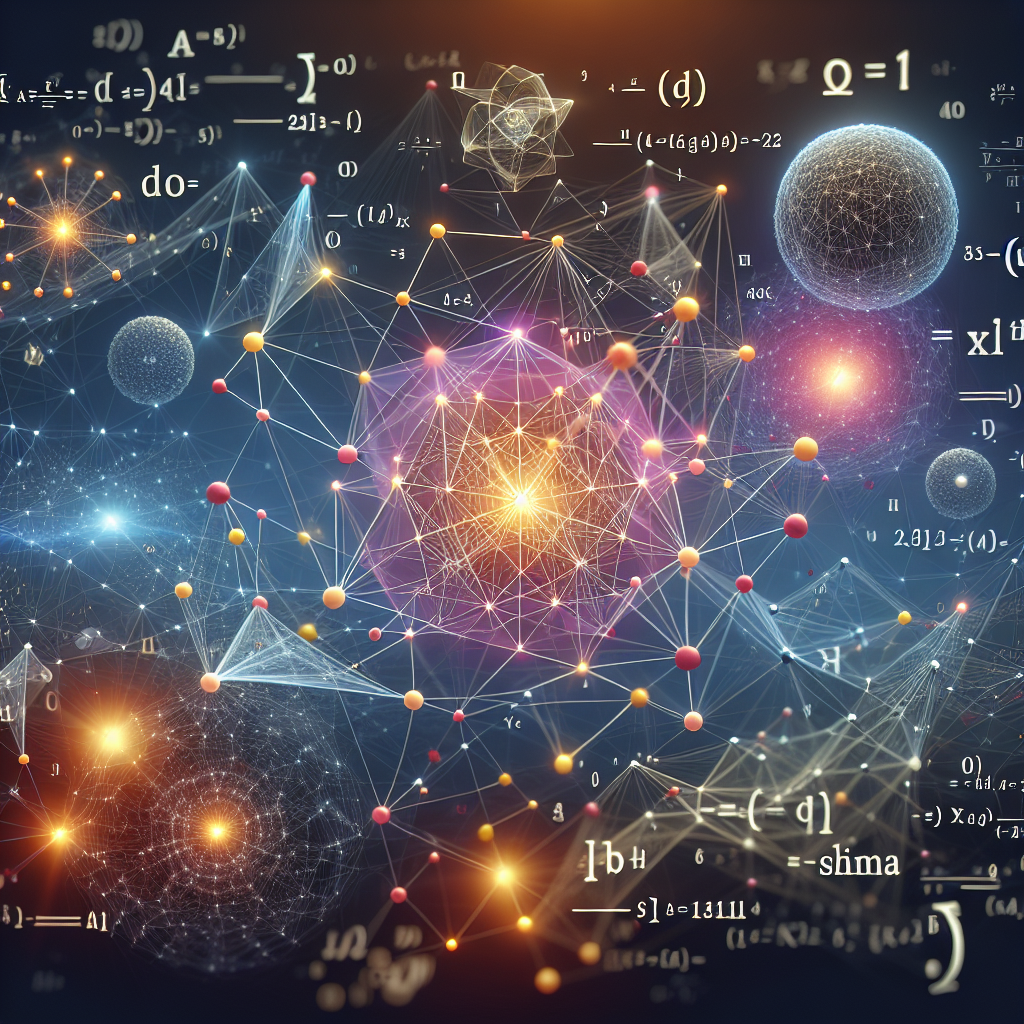
Understanding the Mechanics of Graph Neural Networks
Graph Neural Networks (GNNs) have gained immense popularity in the field of machine learning and artificial intelligence due to their ability to effectively model complex relationships and dependencies in data represented as graphs. In this article, we will delve into the mechanics of Graph Neural Networks and explore how they work.Graph Neural Networks are a type of neural network architecture that is specifically designed to work with graph data structures. In a typical neural network, data is represented as a vector or matrix, where each element corresponds to a feature of the data point. However, in the case of graph data, the relationships between data points are just as important as the features themselves.
The key idea behind GNNs is to propagate information across the nodes of a graph in a way that captures the relationships between them. This is achieved through a process known as message passing, where each node aggregates information from its neighbors and updates its own representation based on this aggregated information.
During the message passing process, each node in the graph sends a message to its neighbors, which is then aggregated and used to update the node’s own representation. This process is repeated for multiple iterations, allowing information to propagate through the entire graph and capture complex dependencies between nodes.
One of the key components of a GNN is the graph convolutional layer, which performs the message passing operation. In a graph convolutional layer, each node aggregates information from its neighbors using a learnable function, which is typically implemented as a neural network. This function takes as input the features of the node and its neighbors, and outputs an updated representation for the node.
Another important component of GNNs is the graph pooling layer, which is used to downsample the graph and reduce its size while preserving important information. This is achieved by aggregating information from groups of nodes and summarizing it into a single representation, which is then used as input to the next layer of the network.
Overall, GNNs are a powerful tool for modeling graph-structured data and capturing complex relationships and dependencies. They have been successfully applied to a wide range of tasks, including node classification, link prediction, and graph classification.
In conclusion, understanding the mechanics of Graph Neural Networks is crucial for effectively applying them to real-world problems. By leveraging the power of message passing and graph convolutional layers, GNNs are able to capture complex relationships in data and achieve state-of-the-art performance in a variety of tasks. As the field of graph neural networks continues to evolve, we can expect to see even more exciting applications and advancements in the future.
#Understanding #Mechanics #Graph #Neural #Networks,gnn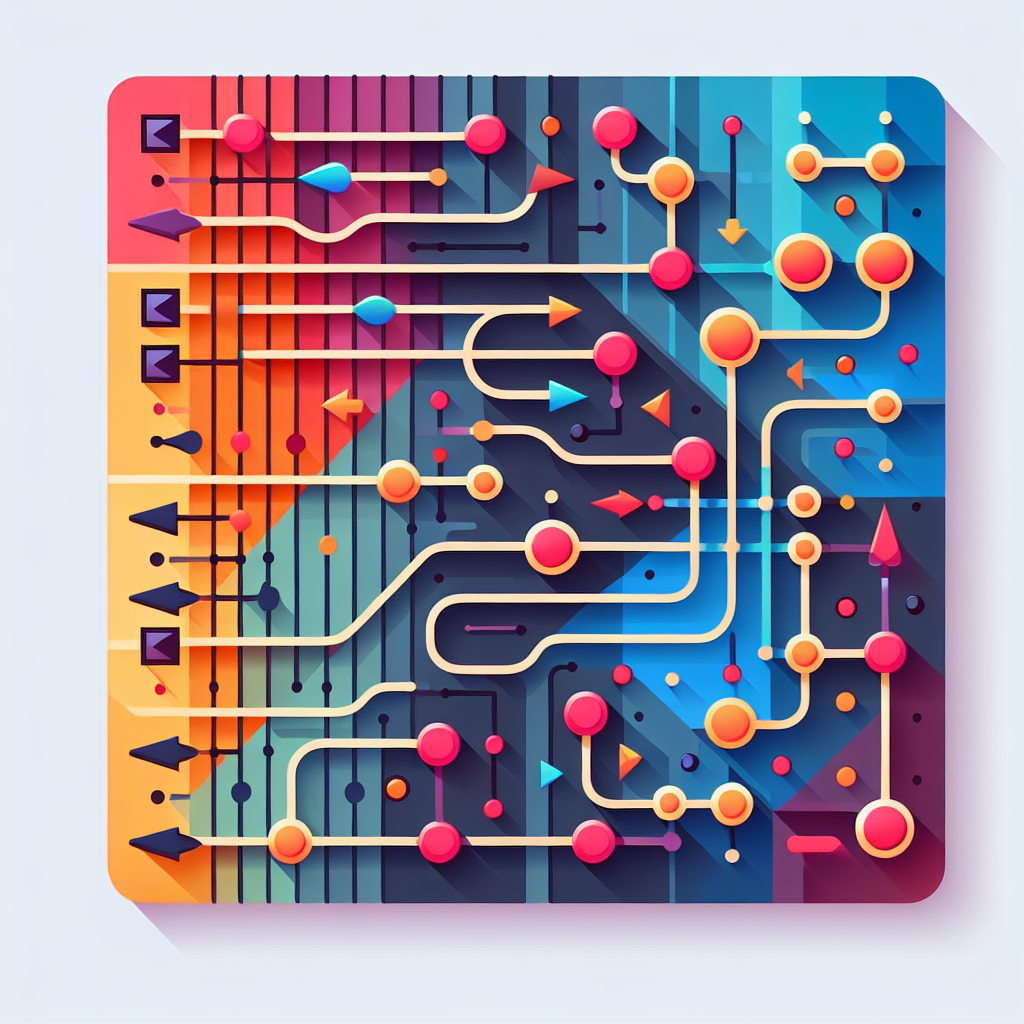
Breaking Down the Mechanics of LSTM Networks
Long Short-Term Memory (LSTM) networks are a type of recurrent neural network (RNN) that is designed to overcome the limitations of traditional RNNs when it comes to capturing and learning long-term dependencies in sequential data. In this article, we will break down the mechanics of LSTM networks and explore how they work to improve the performance of RNNs in tasks such as natural language processing, speech recognition, and time series forecasting.At the core of an LSTM network are LSTM cells, which contain a set of gates that control the flow of information through the cell. These gates are responsible for deciding what information to keep or discard at each time step, allowing the network to remember relevant information over long sequences.
The main components of an LSTM cell are the input gate, forget gate, output gate, and cell state. The input gate controls the flow of new information into the cell, the forget gate controls the retention or deletion of information from the cell state, and the output gate controls the flow of information from the cell to the output. The cell state acts as a memory unit that stores information over time.
During the training process, the LSTM network learns to update and adjust the parameters of these gates based on the input data and the task at hand. This allows the network to learn complex patterns and relationships in the data, making it highly effective for tasks that require capturing long-term dependencies.
One of the key advantages of LSTM networks is their ability to handle vanishing and exploding gradients, which are common issues in training deep neural networks. The use of gates in LSTM cells helps to mitigate these problems by allowing the network to learn to preserve or discard information as needed.
In conclusion, LSTM networks are a powerful tool for handling sequential data and capturing long-term dependencies. By utilizing a sophisticated architecture with gated cells, LSTM networks are able to learn complex patterns and relationships in the data, making them well-suited for a wide range of tasks in machine learning and artificial intelligence. As researchers continue to explore new techniques and advancements in the field of deep learning, LSTM networks are likely to remain a key player in the development of cutting-edge technologies.
#Breaking #Mechanics #LSTM #Networks,lstm
Von Neumann Collected Works Volume 1 Quantum Mechanics Mathematics Computer AI

Von Neumann Collected Works Volume 1 Quantum Mechanics Mathematics Computer AI
Price :1250.00– 1,250.00
Ends on : N/A
View on eBay
The long-awaited Von Neumann Collected Works Volume 1 is finally here, and it’s a must-have for anyone interested in quantum mechanics, mathematics, computer science, and artificial intelligence.This comprehensive volume features some of the most important works by legendary mathematician and computer pioneer John von Neumann, including his groundbreaking contributions to quantum mechanics and his pioneering work in the field of artificial intelligence.
From his foundational papers on the mathematical foundations of quantum mechanics to his groundbreaking work on the design and architecture of early computers, this volume showcases the breadth and depth of von Neumann’s intellectual achievements.
Whether you’re a seasoned researcher or just starting out in the field, this volume is sure to be an invaluable resource for anyone interested in the intersection of mathematics, science, and technology. Don’t miss out on this essential collection of works by one of the greatest minds of the 20th century.
#Von #Neumann #Collected #Works #Volume #Quantum #Mechanics #Mathematics #Computer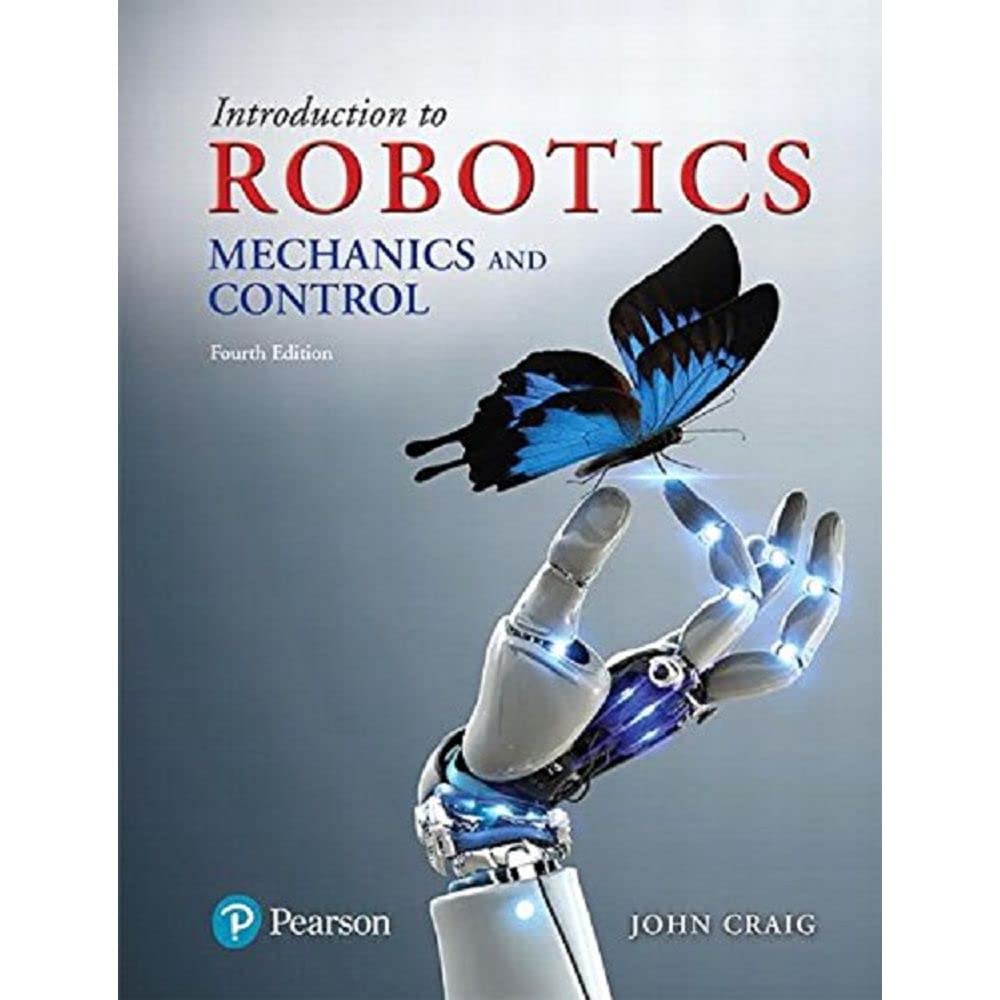
Introduction to Robotics: Mechanics and Control
Price:$219.99– $193.85
(as of Dec 27,2024 05:35:44 UTC – Details)
Publisher : Pearson; 4th edition (February 23, 2017)
Language : English
Hardcover : 456 pages
ISBN-10 : 0133489795
ISBN-13 : 978-0133489798
Item Weight : 1.62 pounds
Dimensions : 7.25 x 1.16 x 9.4 inches
Robotics is a rapidly growing field that combines mechanical engineering, electrical engineering, and computer science to create machines that can perform tasks autonomously. In this post, we will discuss the fundamental concepts of robotics, focusing on mechanics and control.Mechanics is the branch of physics that deals with the motion and behavior of physical objects. In robotics, mechanics is crucial for designing and building the physical structure of a robot. This includes components such as joints, actuators, sensors, and end-effectors. Understanding mechanics is essential for ensuring that a robot can move accurately and efficiently to perform its intended tasks.
Control is the process of managing and manipulating the behavior of a system. In robotics, control involves designing algorithms and systems that enable a robot to sense its environment, make decisions, and act accordingly. This includes tasks such as path planning, obstacle avoidance, and feedback control. Control is essential for ensuring that a robot can operate safely and effectively in a variety of environments.
By combining mechanics and control, robotics engineers can create machines that can perform complex tasks with precision and efficiency. From manufacturing and logistics to healthcare and entertainment, robotics has the potential to revolutionize industries and improve our daily lives.
In future posts, we will delve deeper into the mechanics and control of robotics, exploring topics such as kinematics, dynamics, sensors, actuators, and control algorithms. Stay tuned to learn more about this exciting and innovative field!
#Introduction #Robotics #Mechanics #Control
Quantum Computing Secrets – The Ultimate Human Guide to Quantum Universe: Quantum Physics and Quantum Mechanics Supremacy Explained For Beginners And Their Impact on AI, Finance, Crypto…
Price: $13.44
(as of Dec 26,2024 21:26:13 UTC – Details)From the Publisher
Quantum Computing guide for beginners


Inside, you’ll learn:
What exactly a qubit is, and why do their wild quantum properties like superposition and entanglement enable insane computational power
How quantum computers work at a basic level, from their intricate architecture to keeping them stable enough to churn through calculations
The key players racing to build these machines, from Google and IBM to upstarts like IonQ and Rigetti
The difference between a quantum computer and an old-fashioned calculator (hint: it’s like comparing a portal to alternate dimensions versus an abacus)
Applications for quantum across fields like chemistry, AI, cryptography, and more – hello future!
All explained using simple analogies, engaging real-world examples, clarifying diagrams, and even the occasional meme for good measureThe Ultimate Human Guide to Quantum Universe


Quantum Computing Secrets makes this esoteric topic accessible for everyday folks by breaking everything down into digestible bites.
ASIN : B0CGL27T5W
Publisher : Independently published (August 26, 2023)
Language : English
Paperback : 136 pages
ISBN-13 : 979-8859168859
Item Weight : 5.6 ounces
Dimensions : 5.5 x 0.31 x 8.5 inches
Are you ready to unlock the mysteries of the quantum universe and dive into the world of quantum computing? In this ultimate human guide, we will explore the fascinating realms of quantum physics and quantum mechanics, breaking down complex concepts in a way that is easy to understand for beginners.Quantum computing is poised to revolutionize industries such as AI, finance, and crypto, offering unparalleled processing power and the ability to solve complex problems at lightning speed. By harnessing the unique properties of quantum mechanics, quantum computers have the potential to outperform traditional computers in a wide range of applications.
But what exactly is quantum computing, and how does it work? In simple terms, quantum computers use quantum bits, or qubits, to perform calculations. Unlike classical bits, which can only be in a state of 0 or 1, qubits can exist in a superposition of both states simultaneously, allowing for exponentially faster computations.
One of the key concepts in quantum physics is entanglement, where two particles become interconnected and their states become correlated, no matter the distance between them. This phenomenon allows for the creation of quantum networks that can transmit information instantaneously, paving the way for secure communication and advanced data processing.
So, what does all of this mean for the future of technology and society? Quantum computing has the potential to revolutionize AI by enabling more complex algorithms and faster training of machine learning models. In finance, quantum computers can optimize investment strategies, analyze market trends, and enhance risk management. And in the world of crypto, quantum computing could potentially break existing encryption methods and revolutionize blockchain technology.
As we continue to unlock the secrets of the quantum universe, the possibilities are endless. Whether you are a beginner looking to delve into the world of quantum computing or a seasoned expert seeking to stay ahead of the curve, understanding the principles of quantum physics and quantum mechanics is essential for navigating the future of technology.
Join us on this incredible journey as we explore the wonders of quantum computing and its impact on AI, finance, crypto, and beyond. The quantum universe awaits – are you ready to step into the future?
#Quantum #Computing #Secrets #Ultimate #Human #Guide #Quantum #Universe #Quantum #Physics #Quantum #Mechanics #Supremacy #Explained #Beginners #Impact #Finance #Crypto..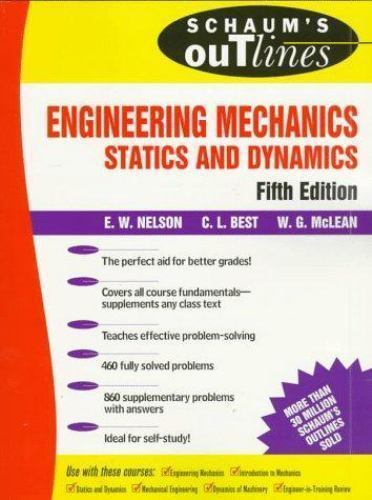
Engineering Mechanics Laboratories Reference Herman E. Mayrose 1950 Machines PB

Engineering Mechanics Laboratories Reference Herman E. Mayrose 1950 Machines PB
Price : 6.56
Ends on : N/A
View on eBay
Engineering Mechanics Laboratories Reference: Herman E. Mayrose 1950 Machines PBIn the field of engineering mechanics, one name stands out for his groundbreaking work in the study of machines: Herman E. Mayrose. His 1950 publication on machines has been a staple reference for engineers and researchers alike, providing valuable insights into the principles and applications of various types of machines.
Mayrose’s work covers a wide range of topics, including the design, analysis, and operation of machines such as engines, turbines, pumps, and more. His meticulous research and detailed explanations have helped countless engineers understand the inner workings of machines and apply that knowledge to real-world problems.
For anyone studying or working in the field of engineering mechanics, Mayrose’s 1950 publication is a must-have reference. Its timeless insights and practical applications continue to be relevant today, making it a valuable resource for anyone looking to deepen their understanding of machines.
So, whether you’re a student looking to expand your knowledge or a seasoned engineer seeking to brush up on the fundamentals, Herman E. Mayrose’s work on machines is sure to be an invaluable addition to your library.
#Engineering #Mechanics #Laboratories #Reference #Herman #Mayrose #Machines, machine learning
Popular Mechanics Workshop: Shelving Storage – Paperback – GOOD

Popular Mechanics Workshop: Shelving Storage – Paperback – GOOD
Price : 4.39
Ends on : N/A
View on eBay
Are you looking to organize your workshop and make the most out of your space? Look no further than Popular Mechanics Workshop: Shelving Storage – Paperback edition. This comprehensive guide provides step-by-step instructions for building custom shelving units that will help you declutter and streamline your workspace.With detailed illustrations and easy-to-follow directions, this book is perfect for DIY enthusiasts of all skill levels. Whether you’re looking to create extra storage for tools, supplies, or other items, this book has you covered. Plus, the paperback format makes it easy to take with you to the store or workshop for reference.
Don’t let a disorganized workshop hold you back. Pick up a copy of Popular Mechanics Workshop: Shelving Storage today and get started on creating the organized and efficient workspace of your dreams.
#Popular #Mechanics #Workshop #Shelving #Storage #Paperback #GOOD, IT Solutions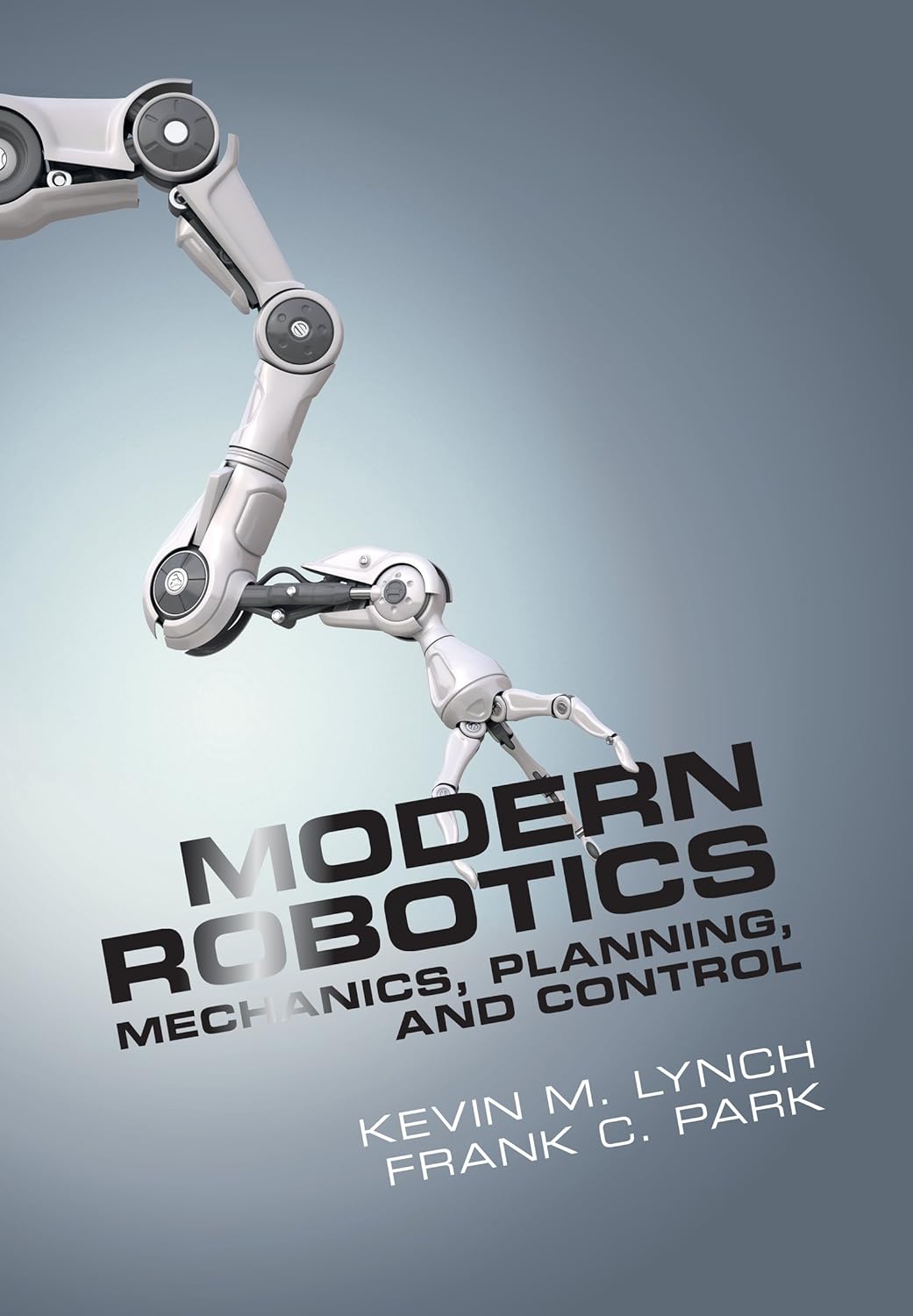
Modern Robotics: Mechanics, Planning, and Control
Price: $62.99
(as of Dec 26,2024 13:45:42 UTC – Details)
ASIN : B073XK7KP8
Publisher : Cambridge University Press; 1st edition (May 25, 2017)
Publication date : May 25, 2017
Language : English
File size : 15084 KB
Simultaneous device usage : Up to 4 simultaneous devices, per publisher limits
Text-to-Speech : Not enabled
Enhanced typesetting : Not Enabled
X-Ray : Not Enabled
Word Wise : Not Enabled
Print length : 544 pages
Format : Print Replica
Modern Robotics: Mechanics, Planning, and ControlRobotics has evolved significantly in recent years, with advancements in mechanics, planning, and control leading to more capable and efficient robots. This post will explore the key components of modern robotics and how they are shaping the future of automation.
Mechanics:
Mechanics is the branch of robotics that deals with the physical structure and movement of robots. Advances in materials science and manufacturing technologies have led to the development of lighter, stronger, and more flexible robot bodies. These advancements have enabled robots to perform a wider range of tasks with greater precision and efficiency.
Planning:
Planning is another crucial aspect of modern robotics, as it involves designing algorithms and strategies for robots to navigate and perform tasks in complex environments. With the help of artificial intelligence and machine learning, robots can now plan their movements and actions in real-time, allowing them to adapt to changing conditions and unexpected obstacles.
Control:
Control is the final piece of the puzzle in modern robotics, as it involves programming the algorithms that govern how robots interact with their environment. By fine-tuning these control systems, engineers can optimize the performance of robots and ensure they operate safely and efficiently.
Overall, modern robotics is a dynamic and rapidly evolving field that is revolutionizing industries ranging from manufacturing and healthcare to agriculture and transportation. By integrating advanced mechanics, planning, and control technologies, robots are becoming more capable and versatile than ever before, opening up new possibilities for automation and innovation.
#Modern #Robotics #Mechanics #Planning #Control
